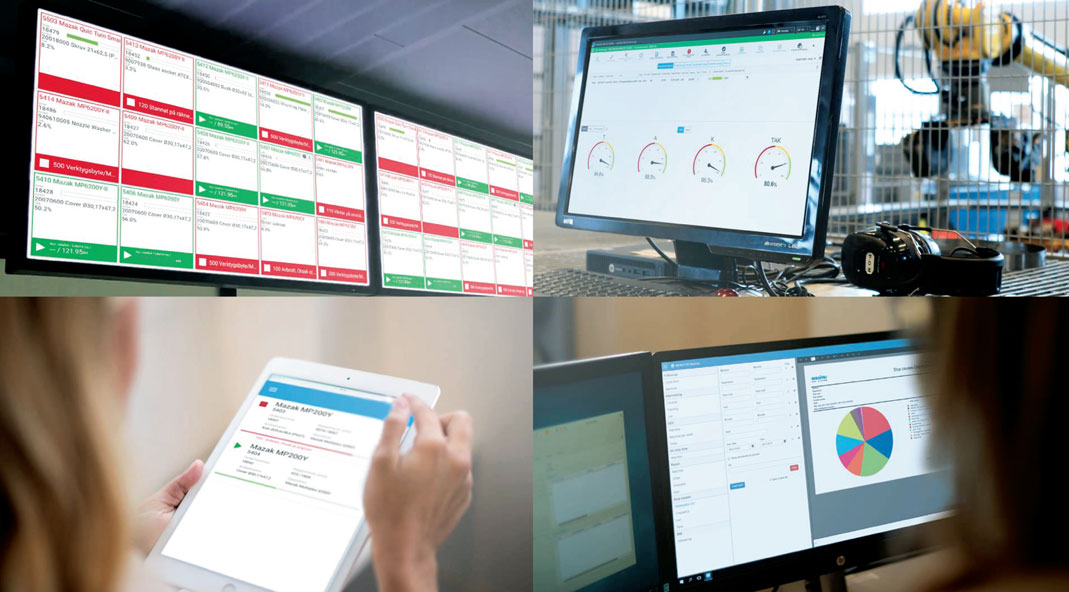- Home
- August 2019
- Swedish Firm Brings ERP to Malaysia’s Manufacturing SMEs
Swedish Firm Brings ERP to Malaysia’s Manufacturing SMEs
by
Regina Hoo &
Lee Siu Ming

Previous Post
A Jungle in a Bottle, Anyone?
6 min read
Ever seen mosses and ferns inside a laboratory flask, and done a double take? What you would have been observing was a self-sustaining enclosed ecosystem &ndash...
Next Post
Penang’s Eurasians – Too Important to Be Ignored
6 min read
Known to locals as “Serani” – a contraction of the Malay word “nasrani”, meaning Christi...
You might also like
Opening Art Up – An Island-wide Welcoming of the Public into the Studio
7 min read
It was a weekend not to be missed for art lovers and aesthetes. Open Studios Penang – a festival that celebrates the paint and brush, and the artists behi...
A Jungle in a Bottle, Anyone?
6 min read
Ever seen mosses and ferns inside a laboratory flask, and done a double take? What you would have been observing was a self-sustaining enclosed ecosystem &ndash...
Swedish Firm Brings ERP to Malaysia’s Manufacturing SMEs
6 min read
As businesses aim to increase productivity and decrease cost, having a reliable enterprise resource planning (ERP) system is one way to ensure production factor...
by
Regina Hoo &
Lee Siu Ming


